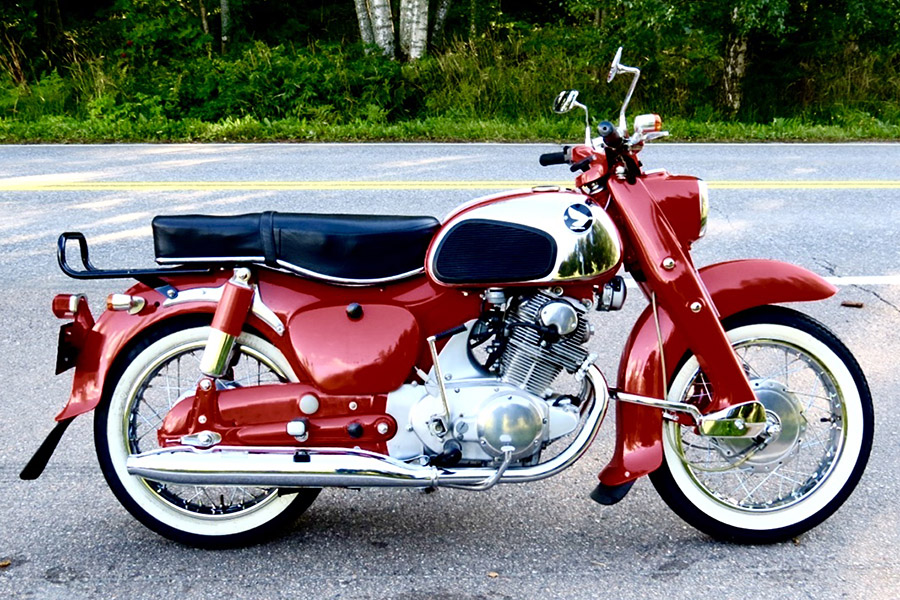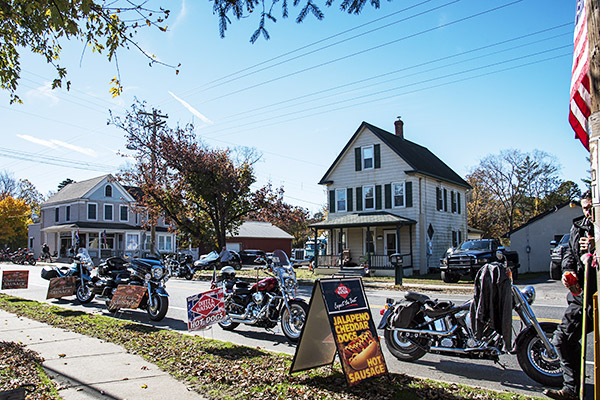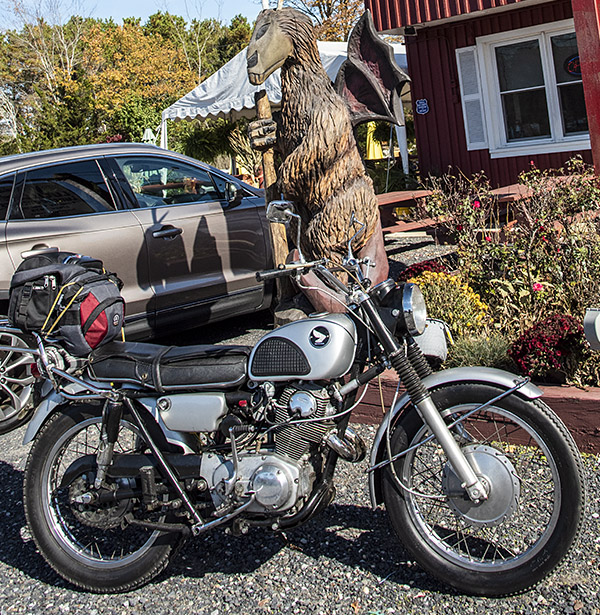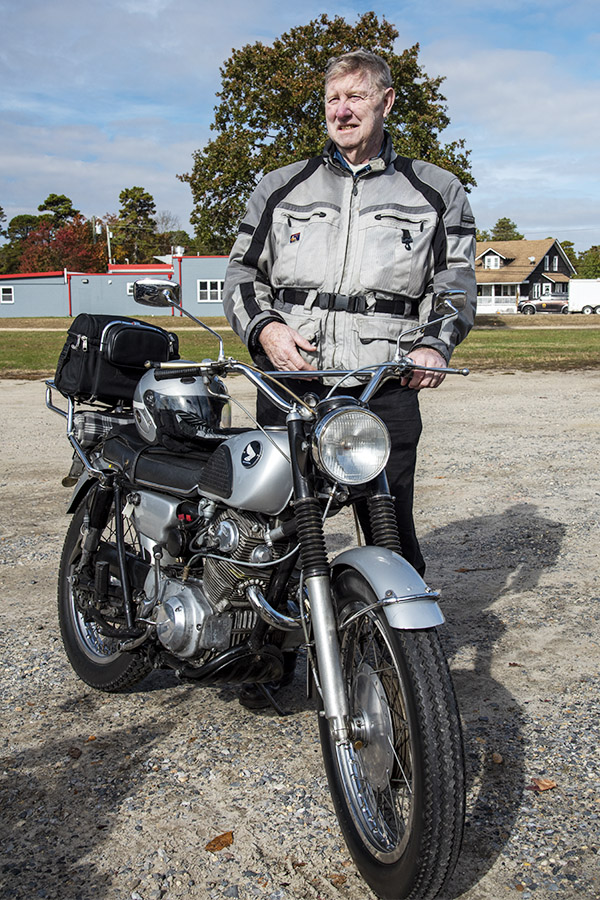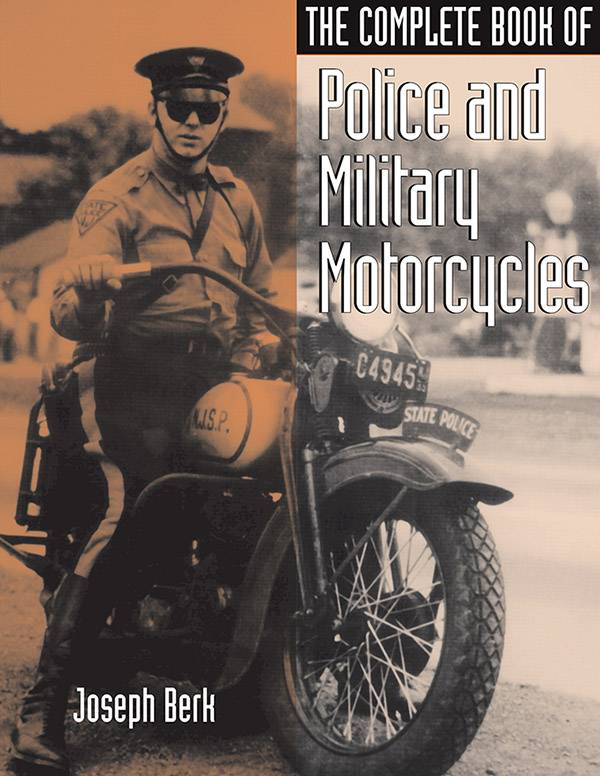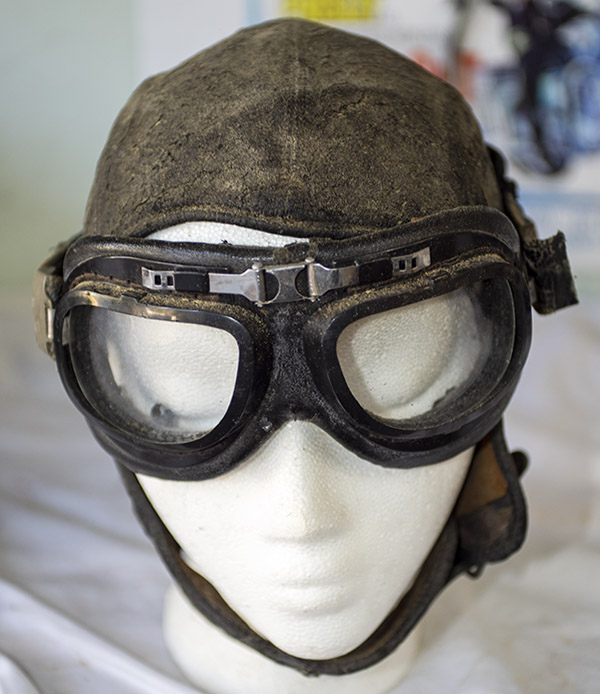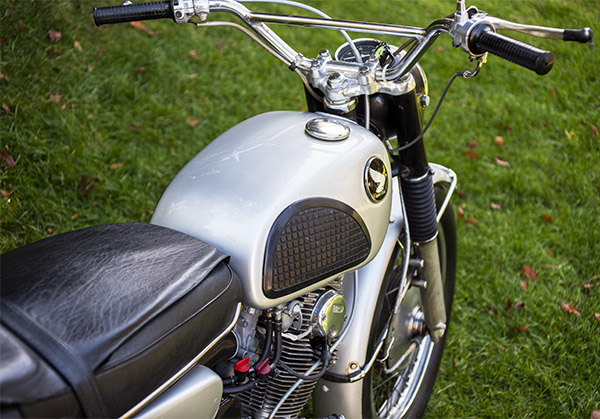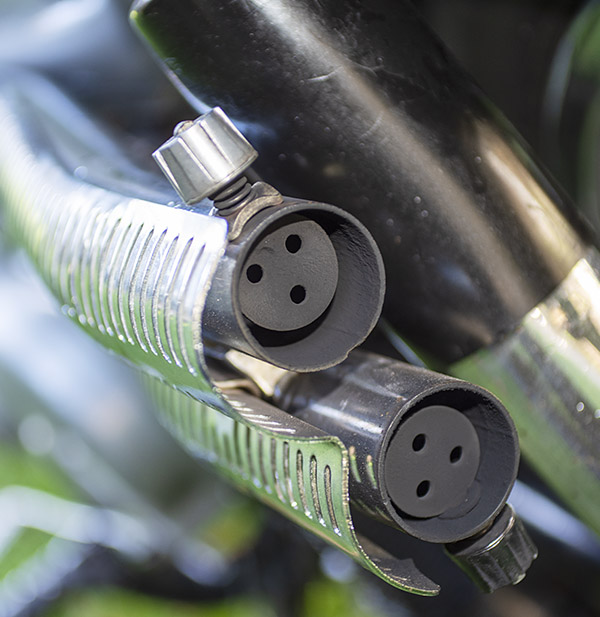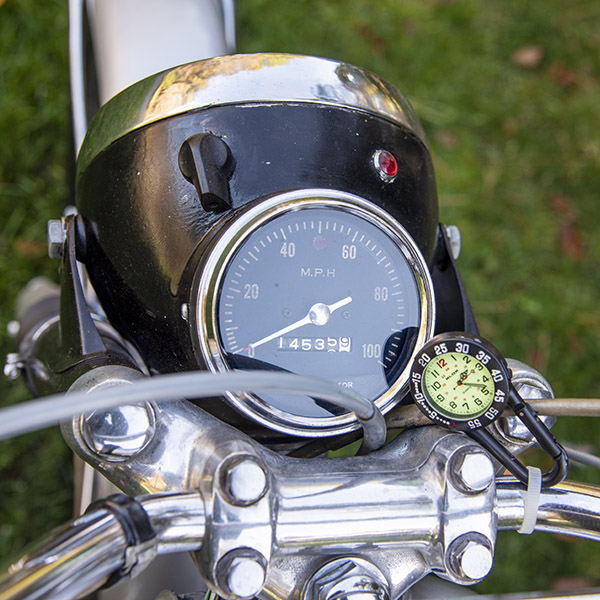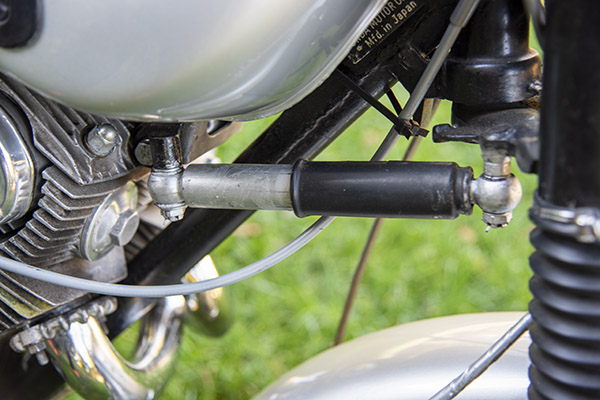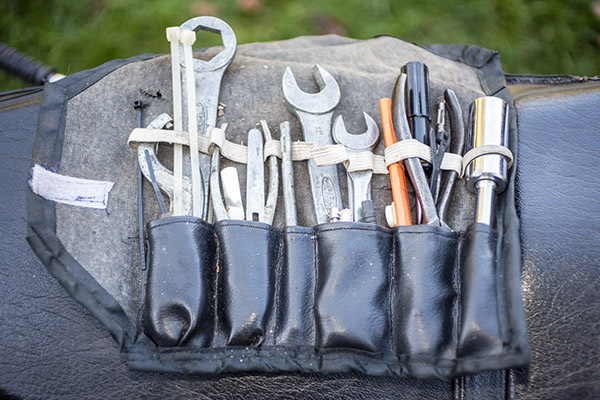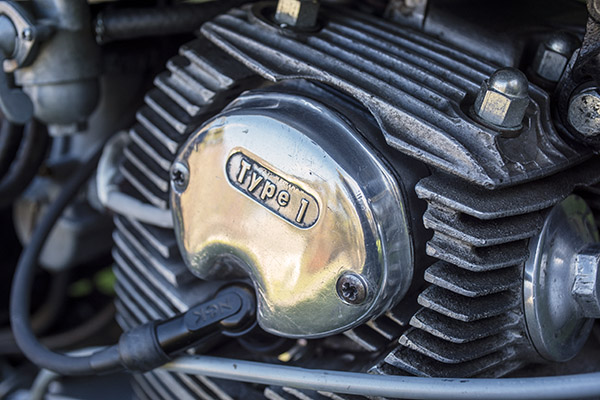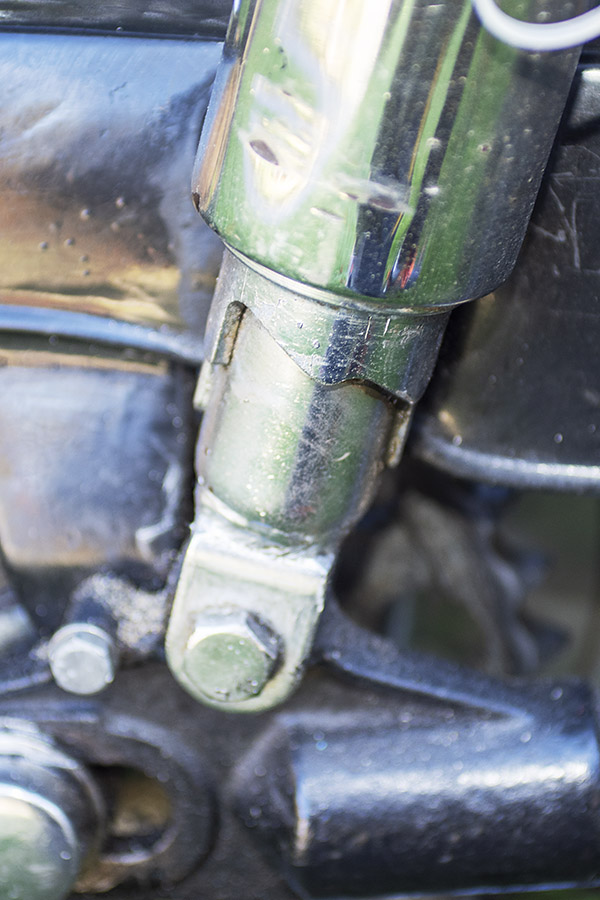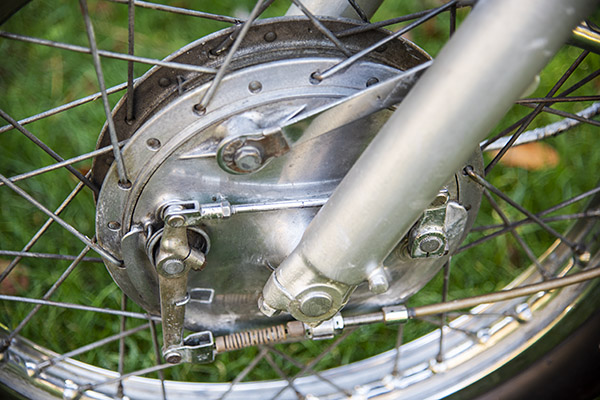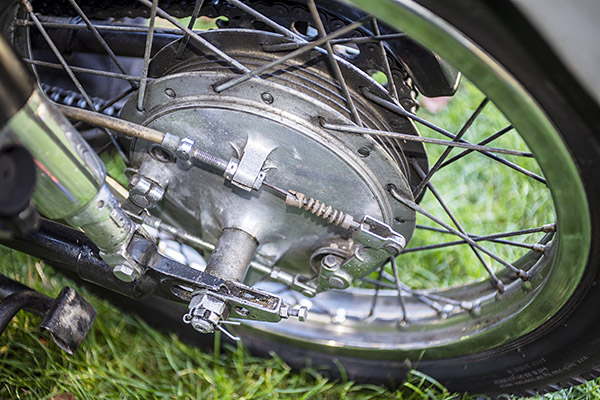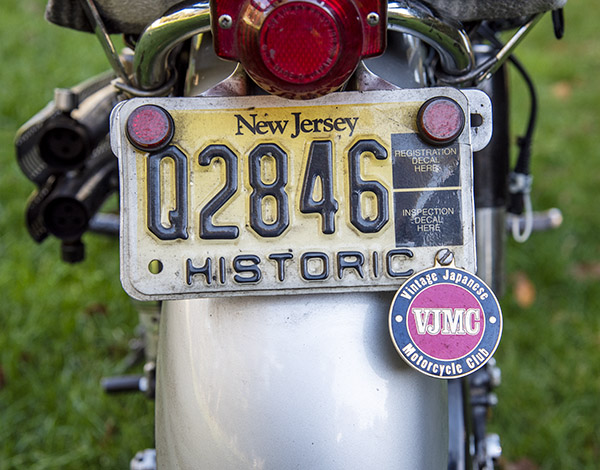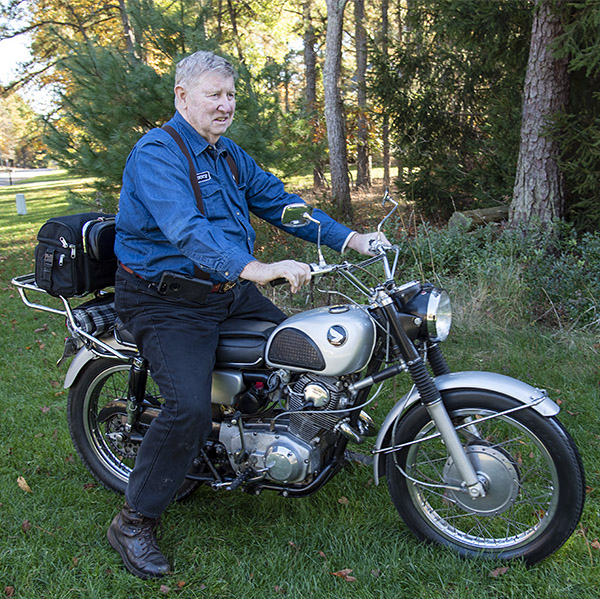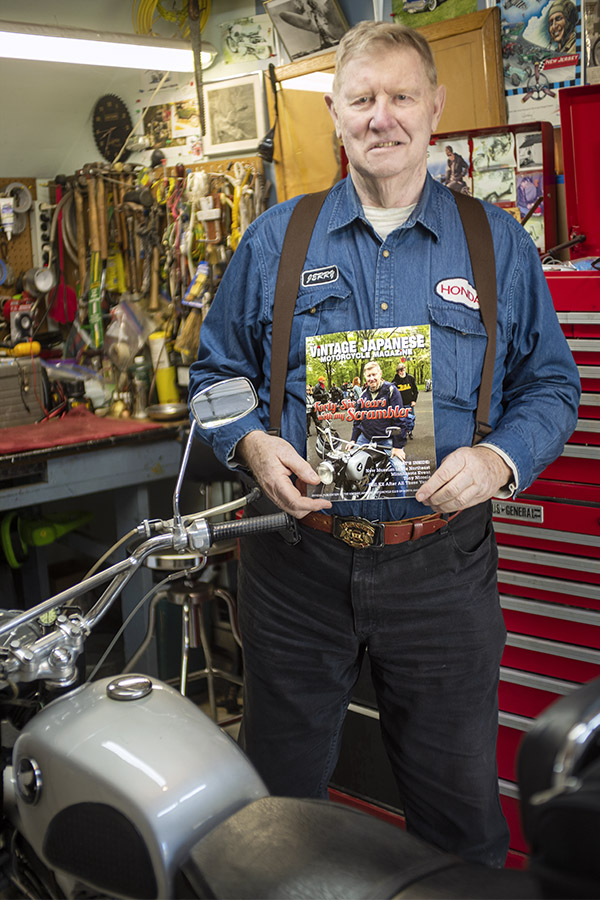By Joe Gresh
ExhaustNotes recently featured Honda’s 305cc twin in both its Dream version and the Super Hawk version. I figured I might as well jump on the bandwagon with my own 305 Honda stories.
I owned three Dream 305 bikes in the early 1970’s. This was back in the days when people thought Japanese motorcycles were junk, much like Chinese bikes are thought of today. Even though the Dreams were only five to seven years old they seemed much older, like Japanese bikes were aging in dog years. When a Japanese bike would stop running the first thing an owner would do is strip the screw heads because he used the wrong screwdriver and then complain about cheap, cheesehead Japanese screws. I was one of those guys. Never mind that there was no need to use a hardened, grade 8 screw that is threaded into soft aluminum. If you think people are stupid now, back then a simple, maladjusted contact point or dirty carburetor would doom a Japanese motorcycle and cause the bike to be sold as junk.
Help us bring more content to you for free: Please click on the popup ads!
When I was a kid I bought a lot of those junk bikes and today I can take apart 50-year-old Japanese bikes without too much trouble. Have the screws hardened with age or have I become more educated in the proper use of hand tools? Regardless, it made the mid-60s Japanese bikes inexpensive for a young man on a budget, like me. I never paid over 25 dollars for a 305 Honda. I got two of them for 15 dollars each. At the time, I was earning about 2 dollars an hour washing dishes so I could nearly buy a motorcycle every day. That’s some cheap motorcycling even considering that the USA was still on the gold standard and those were pre-inflation adjusted dollars.
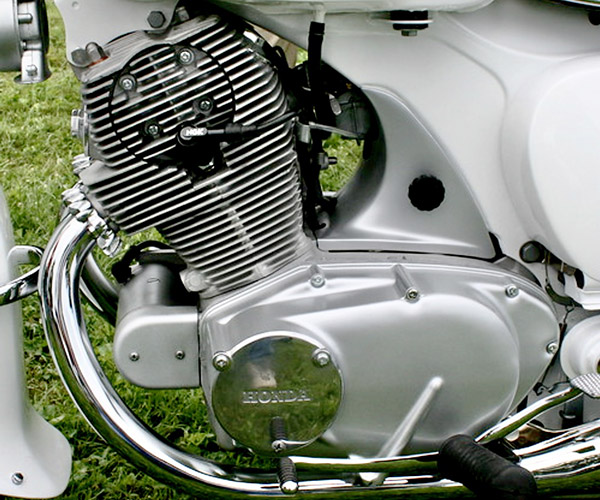
From three Dreams, a 1962, 1964 and 1965, I took the best engine and combined it with the best transmission. I used the straightest frame and the gas tank that had the least number of dents and the best chrome. I went through all the shock absorbers hand testing them and picked the four that seemed to damp best. (Two rear shocks, two front shocks) I tested all 6 wheels and selected the truest of the bunch along with the thickest brake linings.
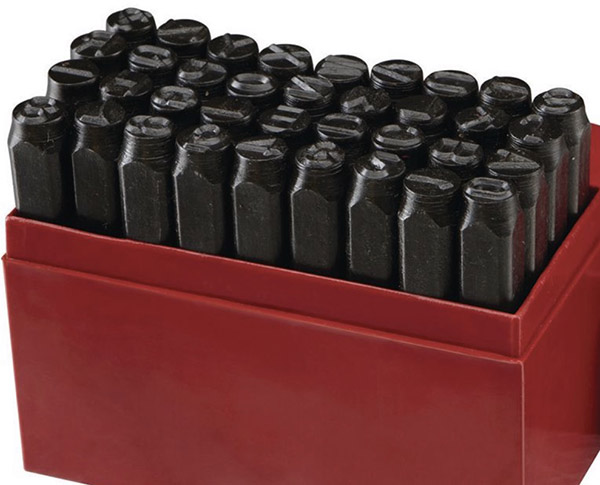
I had one clear title and a bill of sale for the other two bikes but the good frame I used didn’t match the title. My pop and I fixed this by welding over the existing frame numbers, grinding the steering neck smooth and re-stamping the numbers to match the title. We made a neat job of it except one number was slightly out of position. That wasn’t unusual even for factory stamping.
Growing up there was a Honda dealer not far away on 36th street in Miami; it might still be there. All us kids hung out at that dealership and pestered the parts guys until they started giving us good deals on new old stock. Again, even though the Dreams were not that old the Honda factory had moved on to newer, brighter motorcycles and those Dream parts were already obsolete. Honda wanted to sell CB750s; they didn’t want to mess around with old sheet metal framed 305s.

I bought a brand new, original, black vinyl dual seat for twenty dollars. Imagine that: the seat cost more than the motorcycle. Honda used to sell touchup lacquer paint in little tin cans that held about a cup of paint. The parts guys let me rummage inside a big, dusty, cardboard box of mixed colors looking for the original red color. The guy got tired of me digging around and said, “Why don’t you give me ten dollars and take the whole box?” Man, I painted dozens of motorcycles with that sweet candy tone Honda paint. It was quality stuff. JC Whitney, the Amazon of that era had Carlisle tires in the odd, narrow 16-inch size the dream required.
After a bit of bodywork, painting and assembly, I had what looked like a brand new 305cc Honda Dream for a little over a hundred dollars. This was the biggest and fastest motorcycle I had owned to date. The Dream would top out around 90 mph and I could cruise on the South Florida highways all day long doing 70 mph. The Dreams have a single carb and single ignition points so they are very easy to keep in tune. Mine would outrun a Honda 350 four cylinder up to 80 mph. It had more grunt off the line. You could short shift it and the motor would lug down and purr. The 360-degree crank made it sound sort of like a Triumph.
There were a couple things I didn’t like about the Dream. The front end was a leading link, sheet metal affair. Unlike the smaller Honda forks with two individual swing arms that chattered the front wheel in hard corners, the Dream swing arm was one piece and was routed behind the fender. Still, the thing bobbed up and down in corners with a seasick inducing motion. I think better front shocks would have cured this issue.
That new dual seat was not very comfortable. Honda built the seat with almost no padding; all it had was a few dozen springs stretched between the seat frame to give the seat some cushion. It was a squirmy feeling seat that never gave you a firm platform to work off of. Other than that the bike was reliable. All the electrics, including the electric starter worked every time and it never left me stranded.
I sold the Dream after a few years as I had too many motorcycles and was getting more into dirt bikes. Before I sold it I took the Dream down to the Honda dealer on 36th street. The whole place emptied out to see my bike. They remembered me scratching around their parts department for bits.
When it comes to their 305cc motorcycles Honda’s Hawk was always the cooler bike. It looked great and it was sporty. The Dream was kind of stodgy, an old man’s bike. I think I’d like to own a Dream engine in a Hawk frame. It would still be plenty fast and really be a zero maintenance motorcycle to enjoy in our too-modern world.
Never miss an ExNotes blog:

